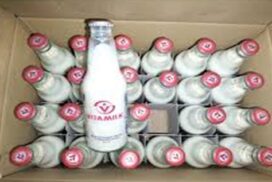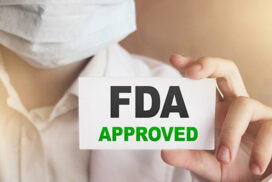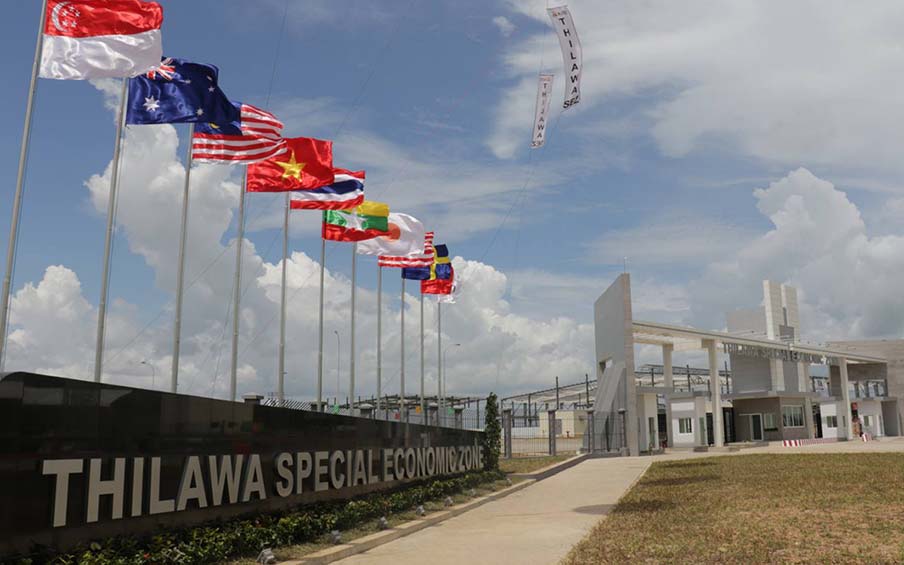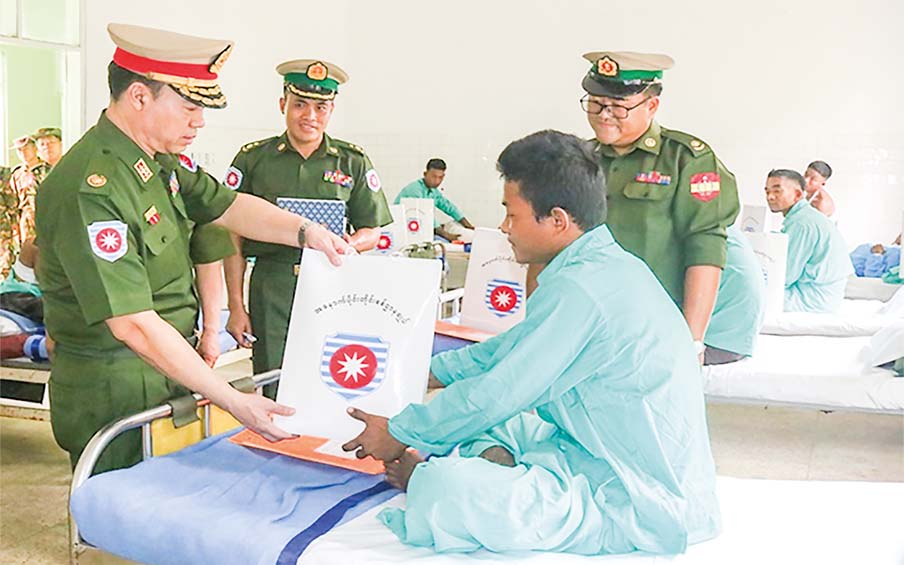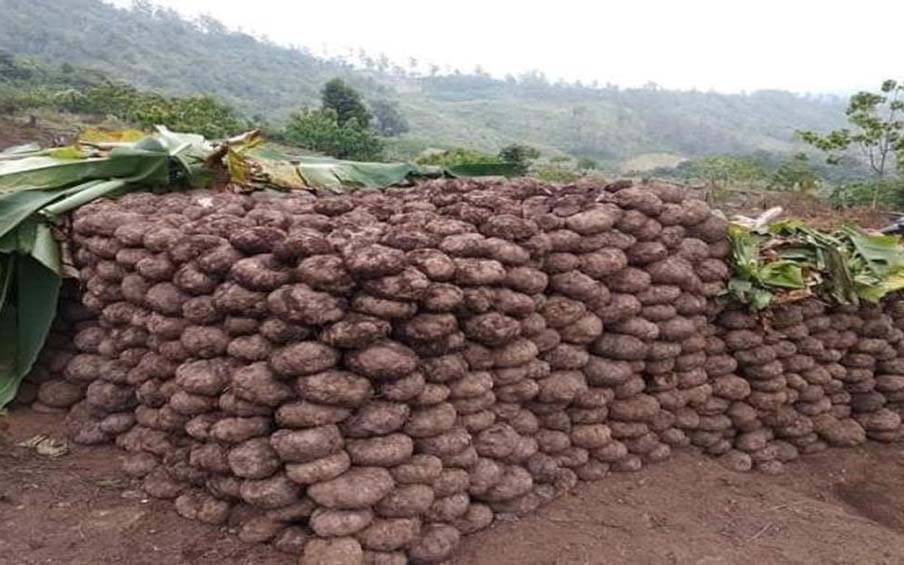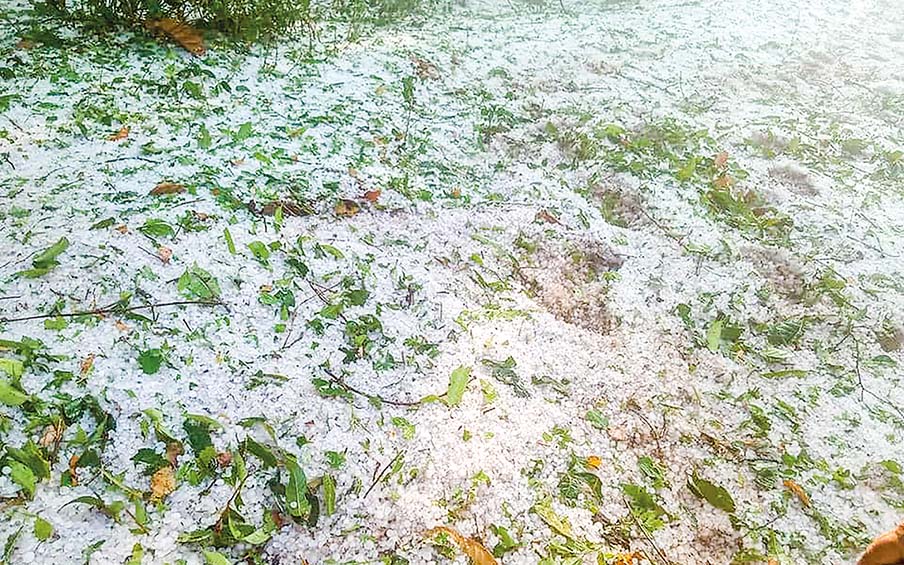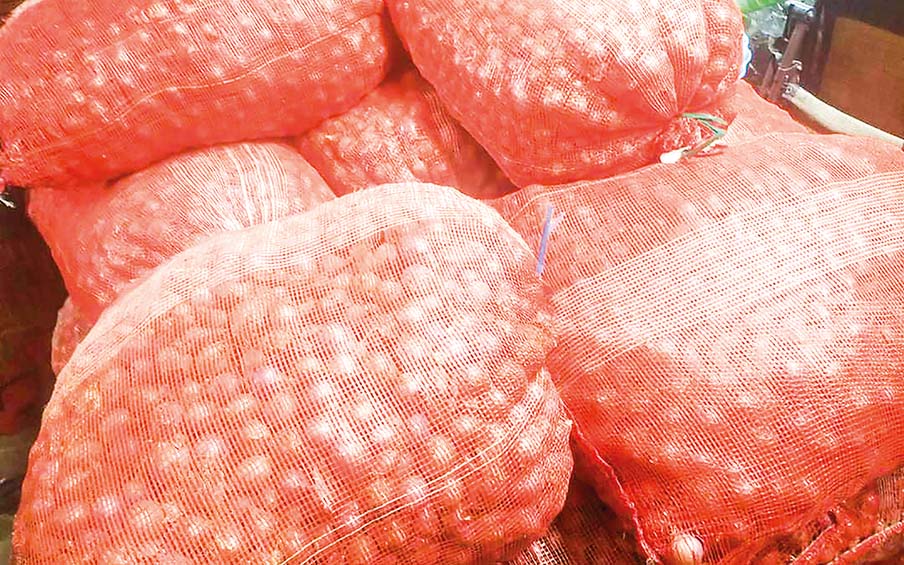Food Safety refers to the proper food handling procedures applied during food preparation, processing storage and distribution. Controlling food safety requires knowledge about what could endanger its integrity and stability.
Food safety is negatively affected by contaminations along the food supply chain. These contaminations can be caused by biological, chemical, physical and radiological hazards.
Without proper management and control of food safety, issues such as food-borne diseases and food-related injuries can occur. So, food safety is very important.
Recent data released by World Health Organization have estimated that at least 600 million people all over the world become inflicted with food-borne illnesses after consuming unsanitary food. Of those people, at least 420,000 people die every year. Economic progress can become affected by productivity loss and medical expenses as a result of food-borne disease burden.
To reduce food safety-related problems, there are four rules to be followed.
The first rule is washing. You must wash your hands before, during and after preparing food. Also, wash surfaces and utensils after each use. Wash fruits and vegetables but not meat, poultry and eggs.
The second rule is separating. You must use separate cutting boards, plates and utensils for cooked and raw food. Use one cutting board for fresh produce or other foods that won’t be cooked before they are eaten and another for raw meat. And replace them when they are worn. Wash those plates and utensils with hot soapy water after each use. Not only the plates and utensils but also certain types of food should be separated. In the market or shops, you should place raw meat in separate leak-proof bags from other foods. Keep eggs in their organized carton and store them in the main compartment of the refrigerator.
The third rule is to cook the food at the right temperature. All meat including fish should be cooked at least at 145°F. Grounded meat should be cooked at 180°F. All poultry, grounded chicken and leftovers should be cooked at 165°F. If you use a microwave oven with high wattage (800 watts and more), use the minimum cooking time. For low-wattage microwaves (around 500 watts), use the maximum cooking time.
The fourth rule is chilling. Bacteria can multiply rapidly if food is left at room temperature or in the danger zone between 40-140 degrees Fahrenheit. So, keep your leftovers in the refrigerator at 40°F or below. And keep raw meat and fish in the freezer at 0°F or below. However, most people don’t know food safety rules and they had some myths about food. Most common myths are like these.
Leftovers are safe to eat if they look and smell okay
Even if you have the most sensitive sniffer in the world smell alone can’t be enough to feel if a food is safe to eat. And even food looks good is not safe to eat. This is because there are different types of bacteria. The types of bacteria that do cause illness don’t affect the taste, smell or appearance of food. You can’t see the bacteria thus relying on smell or taste is dangerous. Some of the most common food-borne germs and the most dangerous ones don’t make food smell bad. On the other side, spoilage bacteria, the kind that makes your food mouldy, smelly or slimy, won’t always make you sick. That is why it is important to freeze or refrigerate food which is to leave three to four days before cooking.
Washing or rinsing raw chicken before cooking removes harmful bacteria
Washing chicken is a good call only if you want to splash potentially harmful bacteria around your kitchen. When you rinse raw meat, bacteria can spread to your sink, countertops and other surfaces in the kitchen. This can contaminate other foods like salads or fruits.
Research showed that after rinsing, raw meat, harmful bacteria could spread up to an estimated three feet from the sink. Even when washing poultry, 14 per cent of cases still had bacteria in the sink even after cleansing them and 26 per cent of transferred bacteria from poultry to salads that are prepared in the kitchen. Dropped food on the floor is safe to eat if it is picked up within five seconds.
The five-second rule or other timed variations doesn’t prevent bacteria and other germs from getting on fallen food. If you can’t wash the food that has fallen on the floor, don’t eat it. It’s important to teach children that the five-second rule isn’t true that they shouldn’t eat food that has fallen on the floor.
It doesn’t need to wash hands again because of washing hands with sanitizing gel before. Although hand sanitizer can effectively kill some germs on the hand, they do little to reduce surface tension between skin and dirt, grease and germs. The sanitizer only has an effect on the outer layer of film on the hands. The best way to clean your hands is to wet the hands first with warm water, lather with soap for at least 20 seconds, rinse with warm water, and then dry with a clean towel.
Concerns about food safety at picnics are overblown
Picnics are ripe opportunities for food poisoning. Bacteria thrive between 40°F and 140°F, which is why any food shouldn’t stay in that range for more than two hours. If it’s over 90 °F out, slash that time in half. This all means that if you’re not eating right away cold food should be kept at 40°F or below and hot food at 140°F or above. Keep hot food in slow cookers, warming trays or steam tables; cold food should sit on bowls of ice or in coolers. And wash your hands before you eat or handle food; if you won’t have access to soap and running water, moist towelettes or hand sanitizer will do in a pinch.

